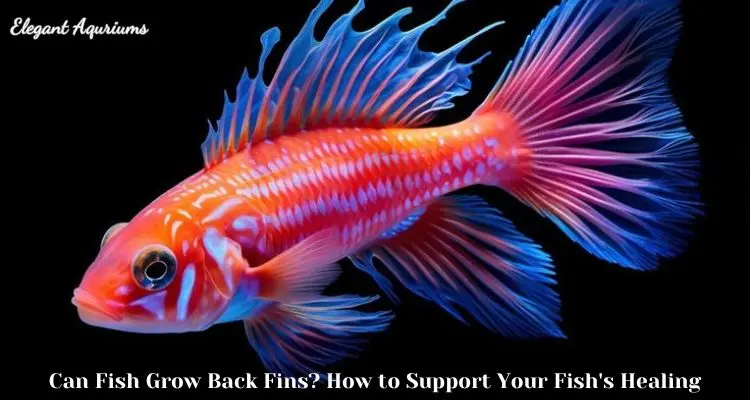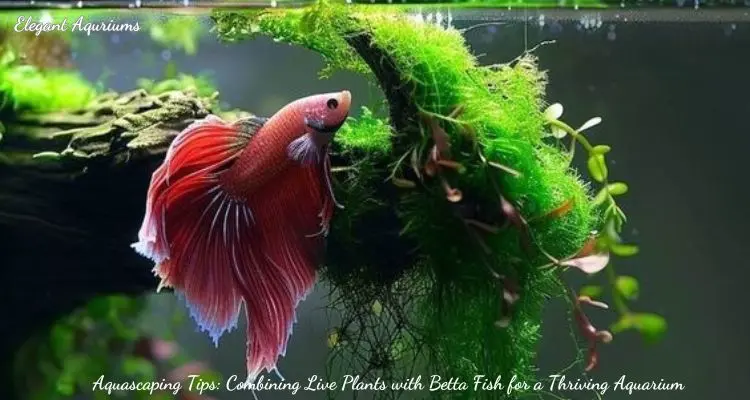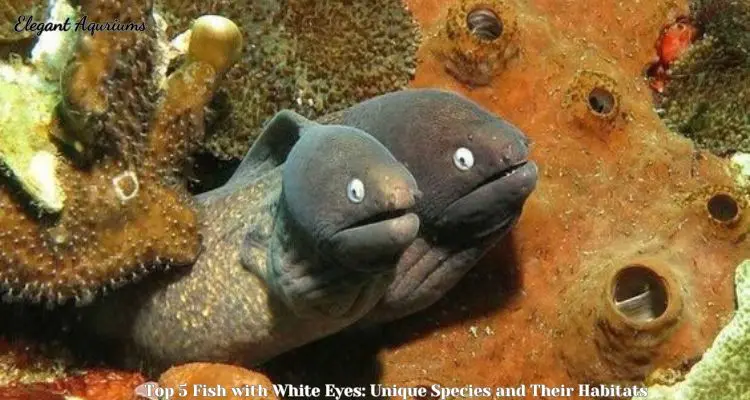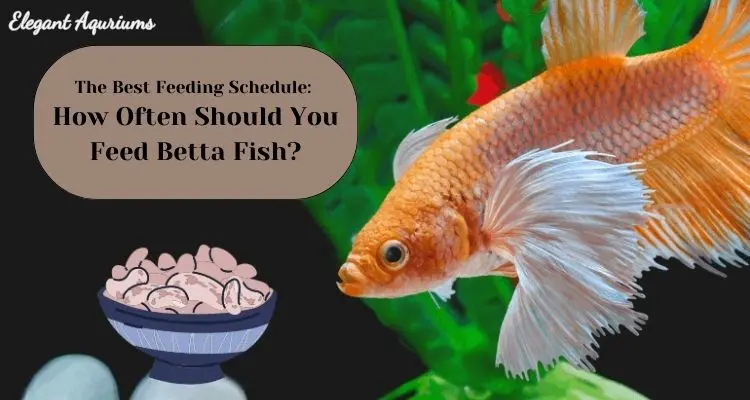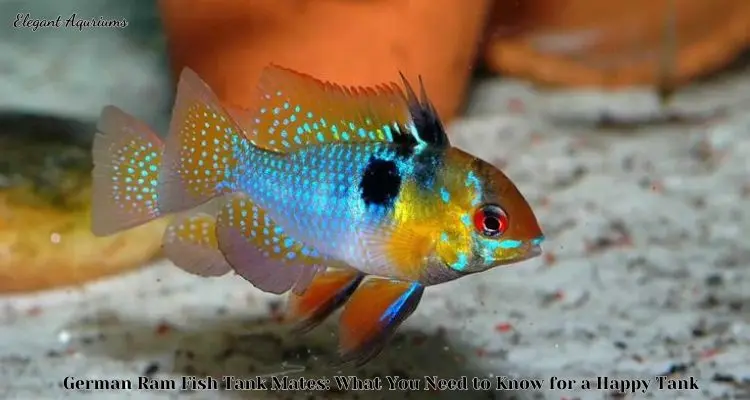Fish care
Can Fish Grow Back Fins? How to Support Your Fish’s Healing
Fins are vital for the overall health and well-being of fish, as they play a crucial role in their mobility, balance, and ability to escape predators. However, fish can sometimes lose or damage their fins due to various reasons, including injury, disease, or environmental factors. This leads many aquarists to wonder: Can fish grow back fins? The answer is generally yes, but the process requires time, proper care, and a healthy environment.
In this comprehensive guide, Elegant Aquriums will explore the factors that affect fin regeneration, the typical process of fin regrowth, and how you can support your fish during their healing journey.
Understanding Fin Loss and Damage
Causes of Fin Loss in Fish
Before delving into whether fish can grow back their fins, it’s important to understand the common causes of fin damage or loss. Some of the most common causes include:
- Injury from Aggression: Fish living in community tanks may sometimes engage in territorial disputes or fights, leading to fin nipping or tearing. Certain species, like bettas or cichlids, are more prone to aggressive behavior, which can result in fin damage.
- Diseases and Infections: Various diseases, such as fin rot, are common causes of fin deterioration. Fin rot is typically caused by bacterial or fungal infections that lead to the gradual erosion of the fin tissue.
- Poor Water Quality: Suboptimal water conditions, including high levels of ammonia, nitrites, or nitrates, can weaken a fish’s immune system, making them more susceptible to fin damage. Additionally, dirty water can harbor harmful pathogens that exacerbate fin issues.
- Stress and Handling: Rough handling during transfer or maintenance, as well as chronic stress from a poor environment, can also contribute to fin damage.
Signs of Fin Damage
Recognizing the signs of fin damage early is crucial for ensuring prompt treatment and support. Common indicators of fin damage include:
- Frayed or Ragged Edges: The edges of the fins may appear torn or uneven, often a sign of physical injury or early-stage fin rot.
- Discoloration: Damaged fins may lose their natural color and appear pale, milky, or even darkened in certain cases.
- Redness or Inflammation: Infected or irritated fins might exhibit redness around the base, a sign of underlying infection or inflammation.
- Reduced Fin Size: In cases of severe fin damage, the fins may appear shorter or entirely eroded, especially in advanced cases of fin rot.
Can Fish Grow Back Fins?
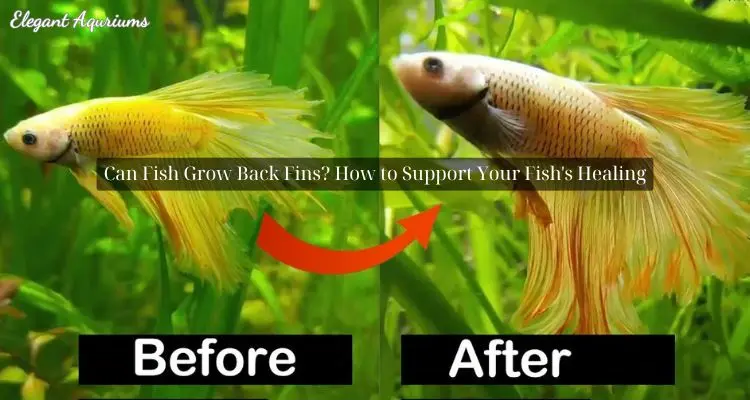
The Regenerative Ability of Fish
Fish possess a remarkable ability to regenerate their fins, a process that can vary in duration and success depending on several factors. The fins of most fish species are composed of bony rays covered by a thin layer of skin and tissues, which makes regeneration possible. When a fin is damaged, the cells at the injury site begin to proliferate and form new tissue, eventually reconstructing the fin’s structure.
However, the regrowth process is not instantaneous and requires optimal conditions to occur successfully. The extent of fin damage, the overall health of the fish, and the environment all play critical roles in determining how well and how quickly fins will grow back.
Factors Influencing Fin Regrowth
- Extent of Damage: The degree to which the fin is damaged plays a significant role in the regrowth process. Minor nicks or tears may heal relatively quickly, while severe damage or complete fin loss can take much longer to regenerate fully.
- Fish Species: Different fish species have varying regenerative capacities. Some species, such as goldfish and bettas, are known to have a higher ability to regrow fins, while others may struggle more with regeneration.
- Health of the Fish: A healthy fish with a strong immune system is more likely to regenerate its fins effectively. Fish that are already weakened by disease, poor nutrition, or chronic stress may face challenges in fin regrowth.
- Environmental Conditions: Water quality, temperature, and overall tank conditions can significantly impact the regrowth process. Poor water quality can slow down or even halt fin regeneration, while optimal conditions can promote faster healing.
How to Support Your Fish’s Fin Regrowth
Ensure Optimal Water Quality
Maintaining pristine water quality is paramount for supporting fin regrowth. Regular water changes, proper filtration, and monitoring water parameters are essential steps in creating a healthy environment for your fish. Here’s how to achieve optimal water quality:
- Perform Regular Water Changes: Conducting frequent water changes (20-30% weekly) helps remove accumulated waste, toxins, and uneaten food that can contribute to poor water quality.
- Monitor Water Parameters: Regularly test the water for ammonia, nitrite, nitrate, pH, and temperature levels. Keeping these parameters within the recommended ranges for your fish species is crucial for their overall health and fin regrowth.
- Use Water Conditioners: Adding a water conditioner during water changes can help detoxify harmful chemicals like chlorine and chloramine, making the water safer for your fish.
Provide a Balanced Diet
A well-balanced diet rich in essential nutrients is vital for promoting fin regeneration. Nutritional support can help boost the fish’s immune system and provide the necessary building blocks for new tissue growth. Consider the following dietary tips:
- High-Quality Fish Food: Choose high-quality commercial fish food that is appropriate for your fish species. Look for options that are rich in protein, vitamins, and minerals.
- Supplement with Fresh Foods: Supplementing your fish’s diet with fresh or frozen foods such as brine shrimp, bloodworms, or daphnia can provide additional nutrients that support healing.
- Consider Vitamin Supplements: Some aquarists add liquid vitamin supplements to the water or directly to the fish food to enhance the nutritional content and support fin regrowth.
Minimize Stress
Stress can severely impact a fish’s ability to heal and regrow fins. Minimizing stressors in the aquarium environment is crucial for promoting fin regeneration. Here are some tips:
- Avoid Overcrowding: Ensure that your tank is not overcrowded, as this can lead to increased aggression and competition for resources, causing stress among fish.
- Provide Hiding Spots: Adding plants, rocks, or decorations that offer hiding spots can help reduce stress by giving fish a place to retreat when they feel threatened.
- Limit Handling: Avoid unnecessary handling of the fish, as this can cause physical injury and increase stress levels.
Treating Infections and Disease
If fin damage is caused by disease or infection, prompt treatment is essential to prevent further deterioration and support regrowth. Here are common treatments:
- Medications for Fin Rot: If fin rot is the culprit, use aquarium-specific medications that target bacterial or fungal infections. Follow the manufacturer’s instructions carefully to ensure effective treatment.
- Salt Baths: Some fish species benefit from salt baths, which can help reduce infection and promote healing. However, be cautious with salt usage, as not all fish tolerate it well.
- Quarantine Tank: In severe cases, it may be necessary to move the affected fish to a quarantine tank where they can receive focused treatment without the stress of being in a community tank.
Monitor Progress and Be Patient
Fin regrowth is a gradual process that requires patience. Depending on the extent of the damage, it can take weeks or even months for fins to fully regenerate. During this time, monitor your fish’s progress closely and continue to provide optimal care. Look for signs of improvement, such as the appearance of new tissue at the fin edges and a reduction in redness or inflammation.
Preventing Future Fin Damage
Choose Compatible Tank Mates
One of the most effective ways to prevent future fin damage is to carefully choose compatible tank mates. Ensuring that the fish in your tank have similar temperaments and are not prone to aggression can significantly reduce the risk of fin nipping and fights. For example, avoid keeping fin-nipping species like tiger barbs with fish that have long, flowing fins, such as bettas or guppies.
Maintain Proper Tank Conditions
Keeping the tank environment stable and healthy is another critical factor in preventing fin damage. This includes:
- Regular Maintenance: Clean the tank regularly, remove uneaten food, and keep the substrate free of waste. This helps prevent the buildup of harmful bacteria that could lead to infections.
- Proper Filtration: Use a high-quality filtration system that suits the size of your tank and the needs of your fish. A good filter helps maintain water quality by removing debris and harmful chemicals.
- Stable Water Parameters: Keep the water temperature, pH, and hardness levels consistent and within the recommended range for your fish species. Sudden changes in water conditions can stress your fish and make them more susceptible to disease.
Provide Enrichment and Hiding Places
Fish that are bored or feel threatened are more likely to become aggressive, which can lead to fin damage. Providing enrichment in the form of plants, rocks, and decorations can help keep your fish engaged and reduce aggression. Additionally, offering plenty of hiding spots allows fish to retreat and feel safe, reducing stress and the likelihood of fin nipping.
Monitor Tank Dynamics
Keep a close eye on the behavior of your fish. If you notice any signs of aggression, such as chasing, nipping, or territorial disputes, take action immediately. This might involve rearranging the tank to break up territories, adding more hiding places, or, in extreme cases, separating the aggressive fish.
Conclusion
Can fish grow back fins? The answer is a resounding yes, but it requires a combination of proper care, a healthy environment, and patience. By understanding the factors that influence fin regeneration and taking proactive steps to support your fish during the healing process, you can help ensure a full recovery. Remember to maintain optimal water quality, provide a nutritious diet, minimize stress, and treat any underlying infections promptly. With the right approach, your fish can regain their beautiful, healthy fins and continue to thrive in your aquarium.

